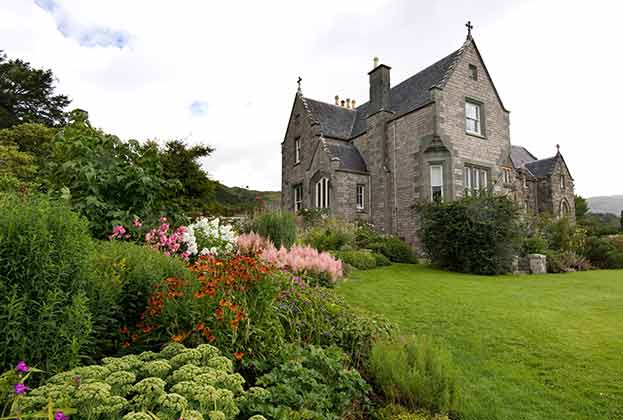The Aberdeen area and Dundee have seen the strongest uplift in the number of sales agreed, with Angus and Moray also witnessing increases
Aberdeen area
Market recovery post lockdown in Scotland was witnessed nowhere more than the oil- and gas-dependent Aberdeen area. Since the reopening of the market at the end of June, the number of agreed sales in Aberdeen City and Aberdeenshire was 85% and 115% higher respectively compared to last year. But this has come off a low base given the suppressed market conditions of the last few years.
However, prior to the lockdown, the market was already recovering, led by traditional hotspots such as Cults and Bieldside and areas within easy reach of the city such as Inverurie, Ellon and Stonehaven. The rise in agreed sales are now beginning to feed official transaction figures. These show an uplift in sales in Aberdeen City’s West End and surrounding areas, including Peterculter, Banchory, Alford and Peterhead.
The recovery in transactions is a consequence of appropriate pricing for recently launched properties. However, there remains a high level of languishing mainstream stock available below £200,000. Consequently, we are expecting Aberdeen house price growth to be restricted to only 0.4% over the next five years compared to 25.4% across Scotland as a whole, fuelled by continued expansion in Edinburgh and Glasgow. The market above £200,000 in the Aberdeen area is buoyant, as stock levels have been mostly stable throughout the recent recovery.
Angus
The number of agreed sales in Angus was 40% higher between July and October 2020 compared to the same months last year. Whilst the local market is typically more active up to £400,000, there has been an uptick in sales above this level in 2020. The country lifestyle on offer in Angus alongside relative value for money is attracting buyers, not only from the recovering Aberdeen area, but also other parts of Scotland and the UK, who are seeking a change in lifestyle post-lockdown. These have made up around half of Savills sales so far this year.
The number of officially recorded transactions during September 2020 in Angus was 27% more than the same month last year. Recovery has been widespread, both in commuter and coastal areas such as Monifieth and Montrose and the central locations of Brechin and Kirriemuir, with new build transactions fuelling activity.

Gallery, by Montrose, Angus (Offers Over £1.5 million)
The residential market in Angus links with southern Kincardineshire at the edge of Aberdeenshire and parts of eastern Perthshire. Here, transactional activity has recovered in areas such as Fettercairn, Laurencekirk, St Cyrus, Inverbervie, Alyth and Meigle.
The increase in sales led to price growth of 1.2% in the local prime market between the second and third quarter of 2020: though modest, this was the highest quarterly rise in 10 years. The price-sensitive nature of the market means that sellers will need to set competitive asking prices in order to generate a premium above the 'Offers Over' price.
Dundee
Dundee has been among Scotland’s leading areas in terms of the increase in agreed sales (69%) since the reopening of the market and officially recorded transactions in September (28%). The local market is being led by the hotspot of Broughty Ferry, established residential neighbourhoods around the city centre and new build developments in peripheral areas. Transactional activity is supporting price growth, with monthly house prices increasing by an average of 2.7% so far this year.
Moray
The number of agreed sales in Moray was 58% higher between July and October 2020 compared to the same period last year, with activity beginning to feed official transactions. While prices remain stable, the main towns of Elgin and Forres have led the market, supported by new build developments in peripheral areas.
Read the articles within Spotlight: Scotland Residential below.
.jpg)
